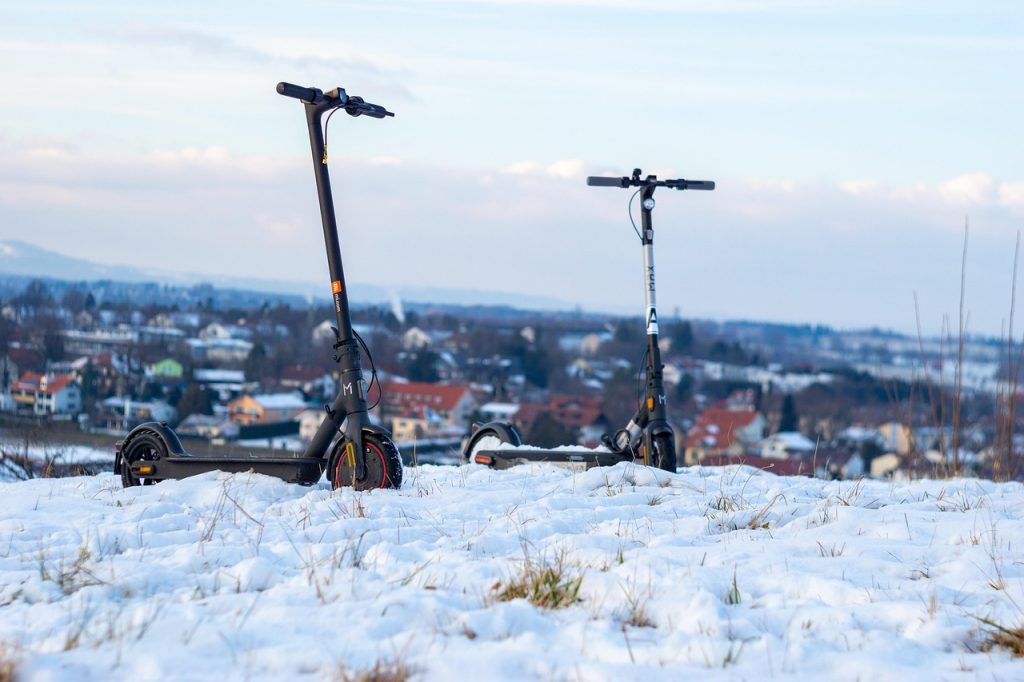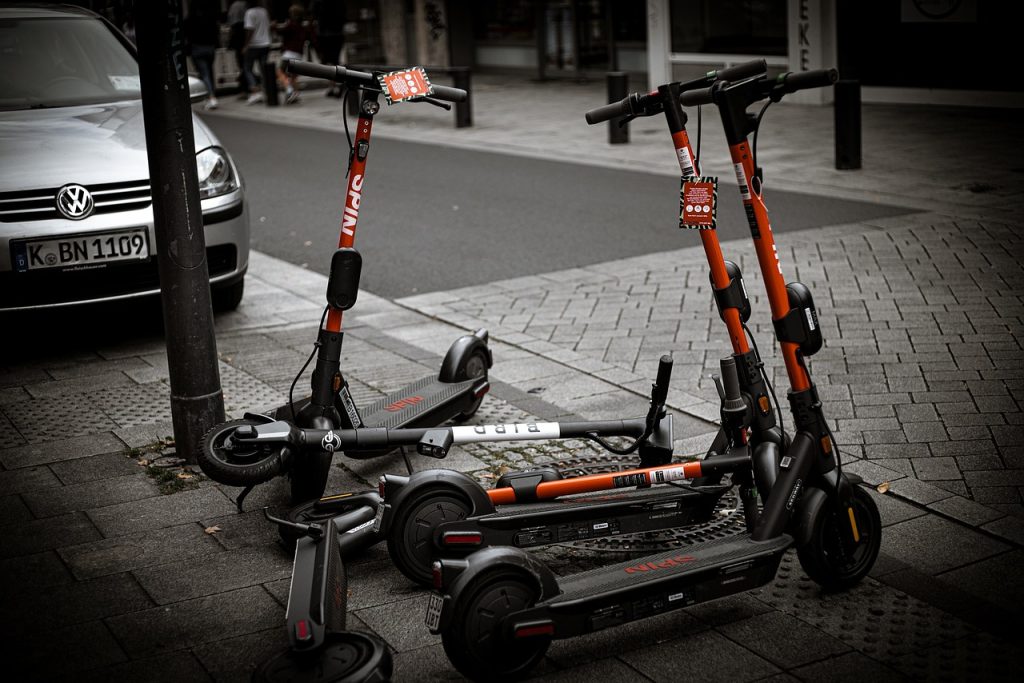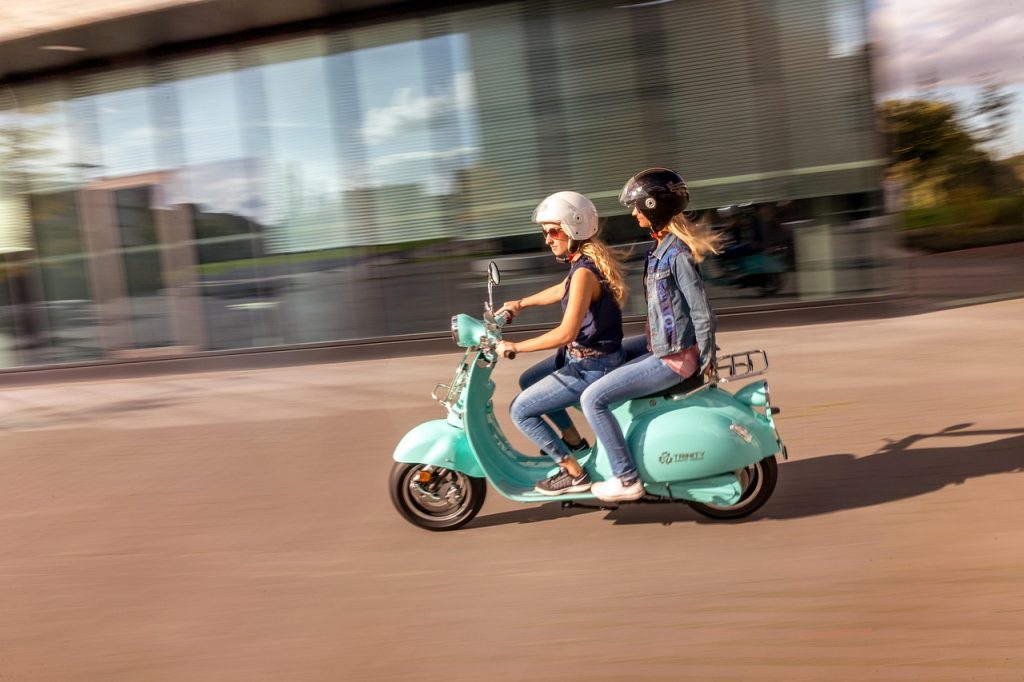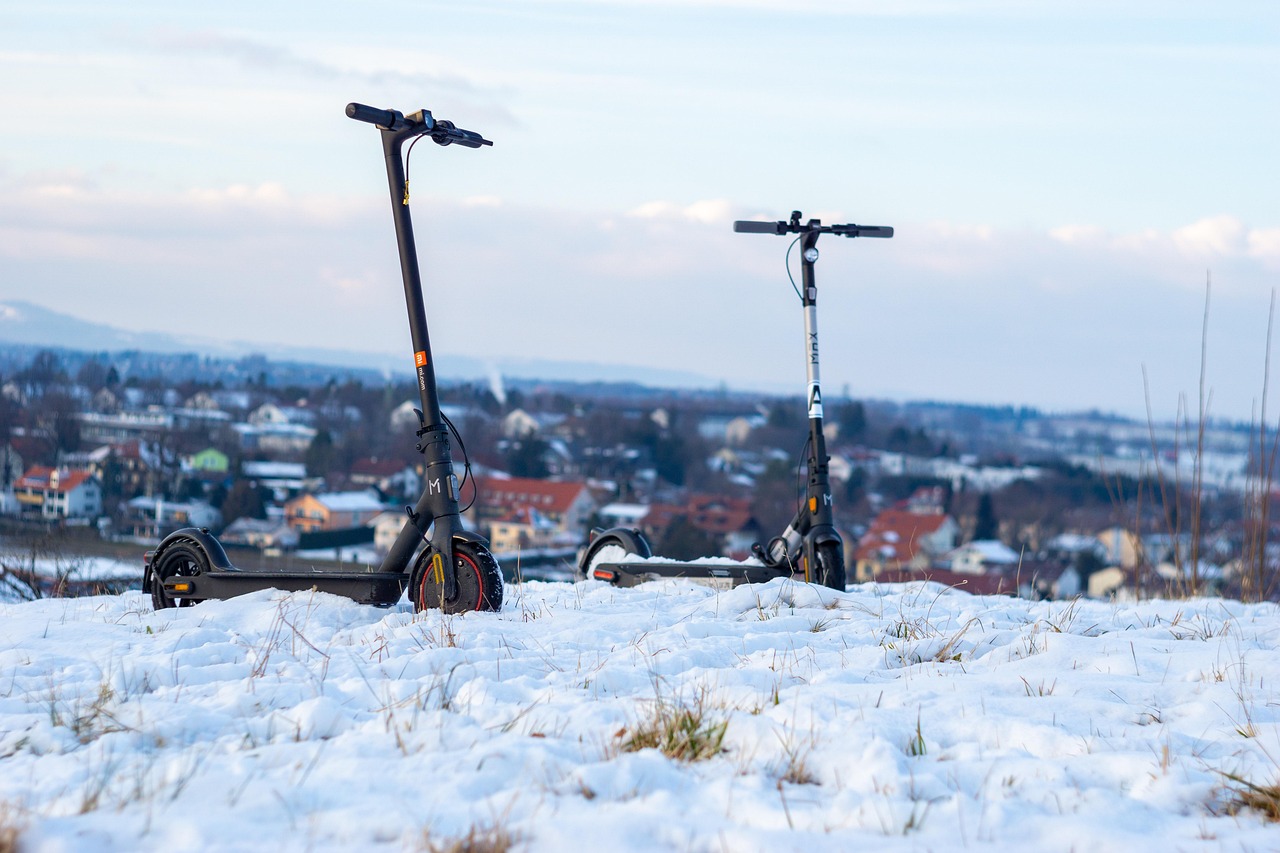Are you thinking about renting a mobility scooter and want to know exactly what steps you need to take?
What Is The Rental Process For A Mobility Scooter?
Renting a mobility scooter can be a practical solution whether you need short-term assistance during travel, recovery from surgery, or a temporary mobility boost while testing long-term options. This article walks you through the entire rental process so you can feel confident and prepared.
Why Rent Instead Of Buy?
Renting gives you flexibility, lower upfront cost, and a chance to trial different models before committing to a purchase. You avoid maintenance responsibility in many cases and can match scooter type to a specific trip or short-term need.
When Renting Makes Sense
You’ll want to rent when your mobility need is temporary, you’re trying out scooter use, or you have a single event or short holiday that requires mobility support. Renting also helps if you need a scooter with features you don’t want to own long-term.
Types of Mobility Scooters Available For Rent
Choosing the right scooter begins with understanding the principal categories and their typical uses. Below is a simple breakdown.
| Scooter Type | Typical Use | Key Features |
|---|---|---|
| Travel/Portable | Short trips, air travel, holiday use | Lightweight, foldable or disassembles, small batteries |
| Mid-size (3-wheel) | Everyday short-distance use | Good maneuverability, moderate range, stable turning |
| Large (4-wheel) | Outdoor use, longer distances | Higher top speed, larger battery range, stable on rough surfaces |
| Heavy-duty/Specialty | Bariatric needs, rough terrain | Higher weight capacities, reinforced frames, stronger motors |
Each type has trade-offs in portability, range, comfort, and stability. Think about the terrain and distances you’ll cover to help decide the category.
Who Can Rent a Mobility Scooter?
Rental companies typically have minimal restrictions, but you should be able to operate the scooter safely and follow local rules for pedestrian devices. You may need to provide proof of identity and, in some cases, a medical note if your rental requires complex or specialized equipment.
Medical Assessment and Recommendations
If you have a complex medical condition, your healthcare provider can recommend the right type of scooter. Some models require a basic physical ability to steer and transfer on/off safely; a medical opinion can help you and the rental provider choose appropriately.
Finding a Rental Provider
You can find rental providers online, at mobility stores, medical supply shops, or through travel agencies and hotels. Compare options by availability, delivery/pickup services, price, and the inventory they offer.
Questions to Ask a Rental Provider
Ask about delivery areas, setup assistance, training, replacement policy, damage waivers, and whether they supply batteries, chargers, and accessories. Clear answers help avoid surprises.
Reservation and Booking
Most providers let you reserve by phone or online. You’ll typically select dates, scooter type, pick-up or delivery options, and add-on services like ramps, extra batteries, or safety accessories.
Booking Details to Confirm
Confirm pickup/delivery times, return process, what is included (charger, manual, basket), and any age or ID requirements. Double-check cancellation policies and late-return fees.

Documentation and Identification
Expect to provide basic identification. Below is a typical checklist.
| Document/Item | Why It’s Needed |
|---|---|
| Photo ID (driver’s license or passport) | Verify identity, traceability |
| Credit card | Security deposit, payment |
| Medical note (if requested) | For specialized equipment recommendations |
| Contact information | Communication for delivery/pickup or emergencies |
Some providers may accept alternative forms of ID; ask in advance.
Pricing and Costs
Rental pricing varies based on scooter type, rental length, delivery, and included services. Understanding common price components helps you budget.
Typical Pricing Components
- Daily/weekly/monthly rental rate
- Delivery and pickup fees
- Security deposit (refundable)
- Insurance or damage waiver fees
- Accessory fees (extra battery, ramp, seat upgrade)
- Cleaning or late return fees
Sample Price Ranges
| Duration | Travel Scooter | Mid-size Scooter | Large Scooter |
|---|---|---|---|
| 1 day | $25–$50 | $35–$75 | $50–$100 |
| 1 week | $100–$200 | $150–$350 | $250–$600 |
| 1 month | $200–$500 | $400–$900 | $700–$1,500 |
Prices are region-dependent and may vary seasonally. Always get a written quote.
Deposits and Insurance
Most providers require a refundable deposit to cover damage or loss. You’ll be offered optional insurance or a damage waiver that reduces your liability for accidental damage.
Damage Waiver vs Insurance
A damage waiver typically lowers your financial responsibility for minor damage and may be cheaper than third-party insurance. Insurance might cover theft or liability beyond the provider’s waiver. Ask for specifics and check whether you’re covered by your own travel insurance or credit card.
Delivery, Pickup, and On-site Setup
Many companies deliver and pick up scooters from your location. Delivery often includes setup and a demonstration of controls. If you pick up in person, the staff should still provide instructions and a quick test run.
What to Expect During Delivery
A technician may assemble or unpack the scooter, adjust seat height, attach accessories, and test battery charge. You should be offered a short tutorial on operating the scooter safely and shown how to fold or disassemble it for transport if necessary.
Testing and Training
Before you leave with the scooter, test acceleration, braking, turning radius, horn, lights (if applicable), and speed control. A provider should give you time to become comfortable.
Practice Checklist
- Adjust the seat and armrests for comfort
- Check mirror placement and controls
- Practice turning, braking, and stopping on flat ground
- Practice transferring on and off the scooter safely
- Learn how to fold or disassemble the scooter if it’s portable
If you feel unsure, request additional training or a short practice route.

Fit, Comfort, and Customization
A scooter must fit your body and needs for safe, comfortable use. Fit includes seat height, foot platform, steering range, and weight capacity.
Sizing Considerations
- Seat width and depth for comfort
- Legroom and foot positioning
- Armrest height for support while steering
- Weight capacity suited to your body weight
- Suspension and seat cushioning for bumpy surfaces
If the scooter seems uncomfortable, ask for a different model.
Battery Life and Range
Battery range depends on scooter size, battery condition, terrain, user weight, and speed. When renting, get an estimate of real-world range and any provisions if the battery runs low.
Charging and Spare Batteries
Ask whether the rental includes a charger and if spare batteries are available. For multi-day trips, a second battery or charging access during stops may be essential.
Safety Gear and Accessories
Providers may offer accessories: safety flags, ramps, seat belts, cane holders, baskets, rain covers, and travel cases. Some accessories are included; others cost extra.
Mandatory and Recommended Safety Items
- Mandatory: Anti-tip wheels, properly functioning brakes, horn
- Recommended: Reflective flag or lights, mirror, seat belt (for certain users), weather protection
Make sure accessories are properly installed and compatible with the model you rent.
Rules of Use and Local Regulations
Laws governing mobility scooters vary by country, state, and city. Typically, scooters are treated like pedestrian devices on sidewalks, but speed and where you can ride may be restricted.
How To Stay Legal and Safe
- Learn local rules about sidewalks, crosswalks, bike lanes, and roads
- Stick to speed limits and obey traffic signals
- Avoid riding on highways or busy roads
- Use lights and reflective gear at night
- Yield to pedestrians when required
Check local government websites or ask the rental provider for guidance.
Damage, Malfunctions, and Emergency Support
Understand the provider’s process for mechanical failures, accidents, or breakdowns. Most companies offer phone support and will replace the scooter or provide towing if needed.
Steps to Take If Something Goes Wrong
- Stop using the scooter if it’s unsafe.
- Contact the rental company emergency number.
- Note details: location, time, visible damage.
- Follow instructions; the company will arrange repair or replacement.
- Document the incident with photos if required.
Keep the provider’s contact details easily accessible during your rental.

Returning the Scooter
Return instructions should be clear when you pick up the scooter. Returning involves cleaning expectations, battery charge level, and where/how to leave the equipment if after hours.
Return Checklist
- Remove personal items and accessories you brought
- Charge the battery if required by the rental agreement
- Clean obvious debris or mud (deep cleaning may incur fees)
- Inspect for damages and report any issues
- Return on time to avoid late fees
A quick joint inspection when you return can prevent disputes over responsibility.
Damage Fees and Security Deposits
Security deposits are returned after inspection if no major damage is found. Small wear is usually accepted, but large damage or missing parts may reduce your refund.
Common Fees That May Reduce Your Deposit
- Broken components (wheels, seats, controls)
- Missing keys or chargers
- Stains or heavy soiling requiring deep cleaning
- Late return charges
- Unauthorized modifications
Ask for a written damage policy before renting.
Long-Term Rental vs. Short-Term Rental
Long-term rentals (monthly or longer) often come with discounted rates, maintenance plans, and more flexibility for swaps. Short-term rentals are geared for travel and are priced per day or week.
Pros and Cons
- Short-term: Lower commitment, good for travel; may be more expensive per day.
- Long-term: Cost-effective for ongoing needs; may require a longer deposit and contract.
Table comparing key differences:
| Factor | Short-Term Rental | Long-Term Rental |
|---|---|---|
| Pricing per day | Higher | Lower |
| Commitment | Flexible | Contractual |
| Maintenance | Limited support | Often includes maintenance |
| Best for | Holidays, short recovery | Months-long recovery or trial period |
Modifications and Medical Accessories
If you require specific medical accessories (oxygen holders, custom seating), discuss with the provider. Not all rental scooters can accept certain modifications.
Customization Options
- Specialized cushions or backrests
- Seat elevating mechanisms (limited availability)
- Attachable oxygen or IV holders
- Custom legrests or foot supports
Expect extra fees and possibly longer lead times for custom modifications.
Accessibility Considerations For Travel
If you plan to use a rented scooter at airports, theme parks, or tourist sites, check venue policies. Some venues have rental programs or restrictions; others may require advance notice for accessible services.
Tips for Travel
- Reserve well in advance during busy seasons
- Confirm that hotels, attractions, and transport can accommodate the scooter
- Ask about accessible parking and ramps
- Bring documentation of your reservation for quicker service
Always test maneuverability in the destination environment when possible.
Comparing Rental Providers
Compare local shops, national chains, and online platforms. Consider customer reviews, included services, flexibility, and the clarity of rental terms.
Comparison Table Sample Criteria
| Criteria | What to Check |
|---|---|
| Price transparency | Are rates and fees clearly listed? |
| Delivery options | Do they offer door-to-door service? |
| Emergency support | Is 24/7 support available? |
| Inventory quality | Are scooters well-maintained and modern? |
| Insurance options | What liability or damage coverage exists? |
Make shortlists and contact multiple providers for quotes.
Trial Periods and Test Drives
If you’re deciding between buying and renting, a longer rental can function as a trial period to test what model suits your needs. Many providers will allow extended rentals at discounted rates for this purpose.
How To Make The Most Of a Trial
- Simulate your typical daily routes
- Test inclines, curbs, and rough surfaces you usually encounter
- Try different seat adjustments and accessories
- Note how easy it is to transport and store
Your trial experience will guide an informed purchase decision if you decide to buy.
Frequently Asked Questions (FAQ)
You’ll likely have common concerns before and during the rental. Below are concise answers to typical questions.
Do I need a license to rent or operate a mobility scooter?
In most places, no license is required because scooters are treated as pedestrian devices. Check local laws for specifics.
Can someone else use the scooter I rented?
Some providers allow limited sharing but require the renter to be responsible. Always inform the company; additional users may need to sign waivers.
What happens if the scooter gets stolen?
Report theft to the rental company and local police immediately. Insurance or a damage waiver may cover theft; review your agreement.
Can I fly with a rented mobility scooter?
You cannot fly with a rented scooter onboard, but you can rent at your destination. Some providers are based at airports—reserve in advance.
Are scooters wheelchair replacements?
Mobility scooters are designed for people who can transfer into a scooter seat. If you require permanent seating or have limited transfers, a power wheelchair might be more appropriate.
Practical Tips To Make Your Rental Smooth
- Book early, especially during peak seasons.
- Photograph the scooter at pickup and note pre-existing damage.
- Bring comfortable, non-slip shoes for safe operation.
- Keep the provider’s contact details handy.
- Ask about local terrain and battery expectations.
Final Checklist Before You Leave With the Scooter
| Action | Why It Matters |
|---|---|
| Adjust seat and mirrors | Comfort and visibility |
| Test all controls | Safety and confidence |
| Confirm charger and spare keys | Avoid being stranded |
| Verify delivery/pickup times in writing | Avoid missed fees |
| Keep written rental agreement accessible | For reference and disputes |
After the Rental: Returning and Feedback
When you return the scooter, perform a final inspection with the provider and collect your deposit refund slip. Offer feedback—good or constructive—so providers can improve services.
Keeping Records
Keep copies of the rental agreement, receipts, and photos for at least a few weeks in case any post-return disputes arise.
Conclusion
Renting a mobility scooter is a manageable process when you know what to expect. You’ll want to choose the right scooter type, confirm pricing and insurance, test and fit the scooter, and follow safety rules and local regulations. Clear communication with your rental provider and a short practice session will make your experience comfortable and stress-free.
If you’re ready to rent, use the checklists and questions in this guide to prepare, and don’t hesitate to ask the rental company for clarifications before you commit.



